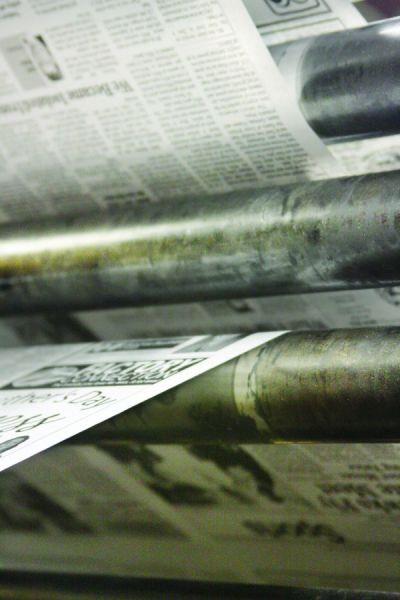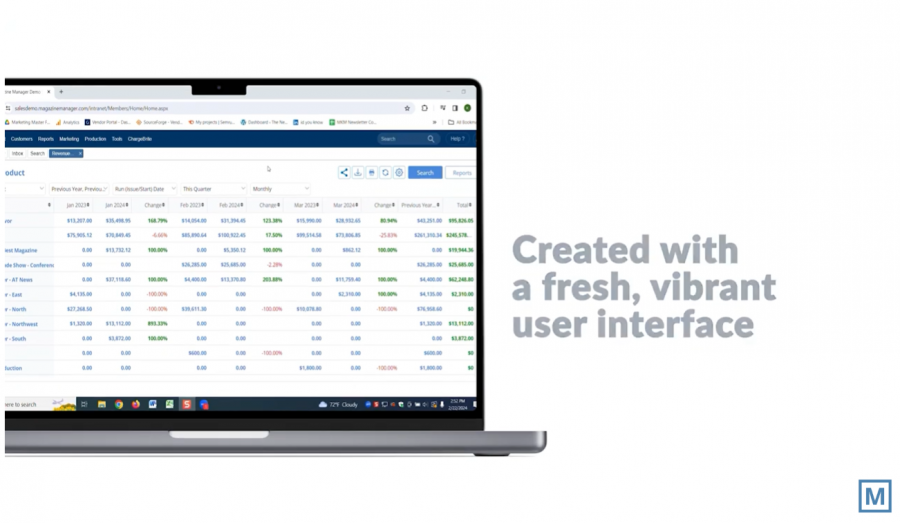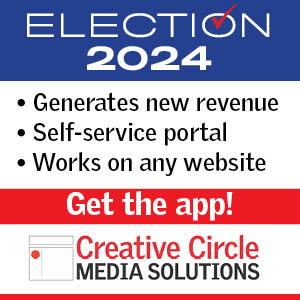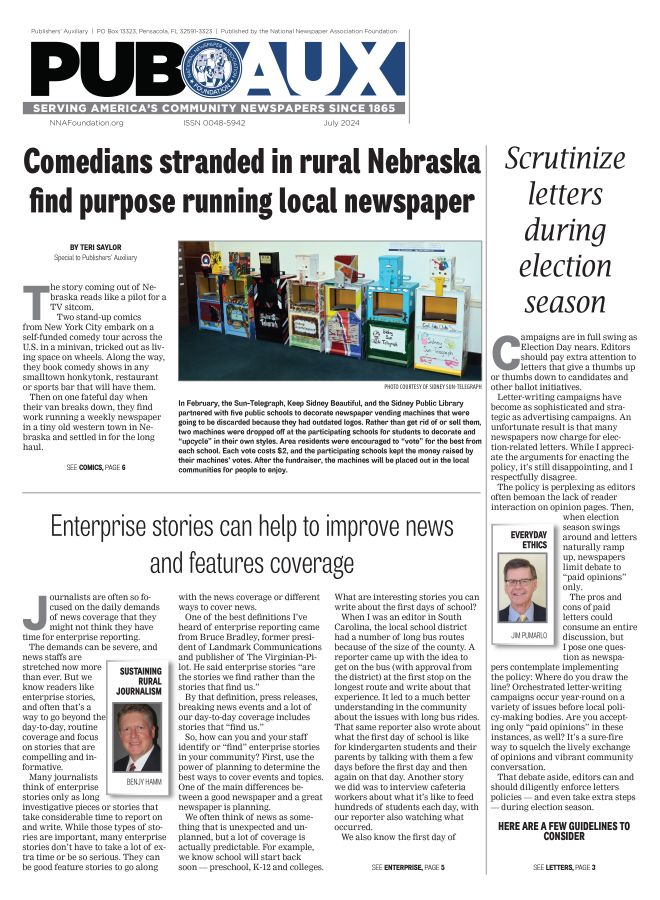The importance of proofreading
John Foust
Mar 1, 2022


Proofreading is one of the most important skills in the advertising world. While anybody with a sense of humor can appreciate a harmless blooper (one of my favorites is the sign that read, “Ears pierced while you wait”), no advertiser wants to run an ad with a mistake. Many an ad campaign has been damaged by typographical errors, inappropriate illustrations and inaccurate information.
I remember receiving an email promoting a Zoom meeting that seemed interesting. However, the copy put a stop to any thoughts I had of registering. The date of the event was listed as March 9 in the headline, and as March 2 in the body copy. To make matters even more confusing, the email was sent during the first week of April. What are the chances that anyone made the effort to contact the advertiser to find out the real date? Slim and none. (And like the old saying, Slim just left town.)
Proofreading would have prevented that problem.
Early in my ad agency days, I designed a logo for a development company. When the printing was completed, I enthusiastically drove to their out-of-town office, my backseat loaded with boxes of letterheads, envelopes and business cards. My excitement faded as soon as my client pointed out that one digit in their address was incorrect; what appeared as a 9 should have been a 7. The only way to handle the mistake was to offer to reprint everything at my expense.
Proofreading would have prevented that costly lesson.
Then there was the half-page furniture ad with “Store Name Here” at the bottom. Obviously, a manufacturer had provided the ad to local merchants who were supposed to insert their individual logos. In addition to being a glaring error, that probably cost that particular dealer some co-op money. Proofreading would have prevented that, too.
Typos can be sneaky. For example, take a look at this four-line headline.
DON’T MISS
OUR BIGGEST
SALE OF
OF THE YEAR
The word “of” appears twice. Because we read at a glance and jump to conclusions in a fraction of a second, it’s easy to miss important details.
Proofreading shouldn’t end with typography. Consider the photo of the fashion model who posed in a national ad, wearing a baseball glove on the wrong hand.
Or what about the photo that was flopped so it would face in the opposite direction? The problem was that the subjects ended up with t-shirts featuring backwards letters.
Advertisers might have approved each one of those ideas. But that doesn’t mean they happily accepted responsibility for the mistakes. It would have been better to present them with proofing copies that were as close to perfect as possible.
The point of all this is simple: (1) Proofread everything before it is published. (2) If possible, ask someone else to proofread it. (3) Then check it one more time for good measure.
Speaking of measuring, this seems like a good time to quote carpentry’s famous slogan: “Measure twice, cut once.” © Copyright 2022 by John Foust. All rights reserved.
John Foust has conducted training programs for thousands of newspaper advertising professionals. Many ad departments are using his training videos to save time and get quick results from in-house training. Email for information: john@johnfoust.com










